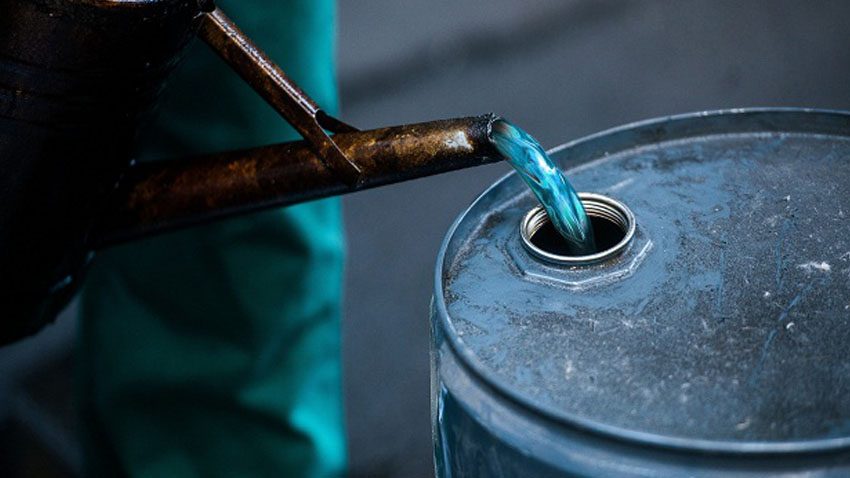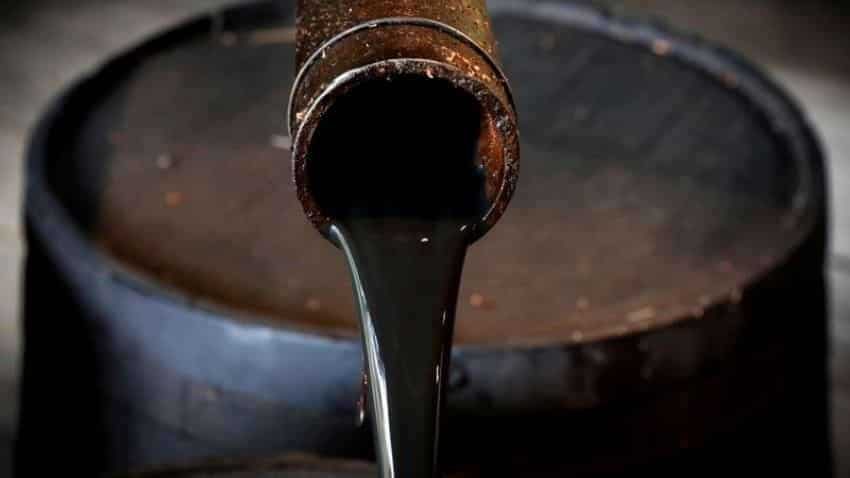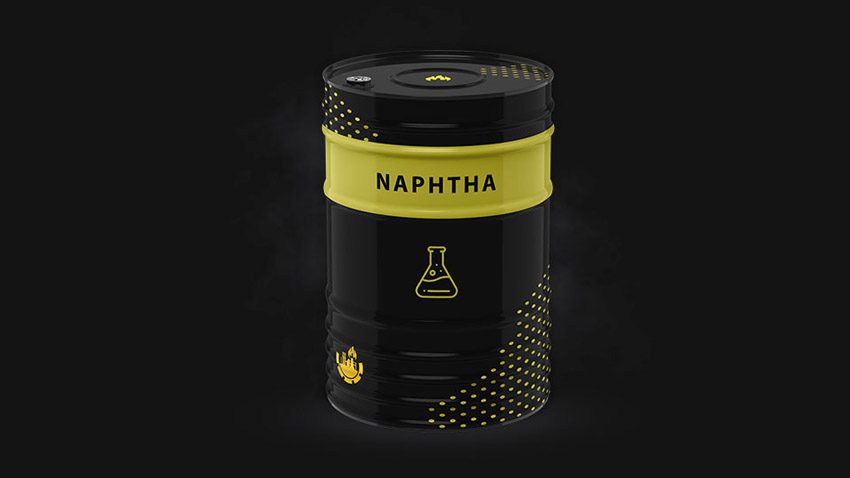Kerosene, paraffin, or lamp oil is a combustible hydrocarbon liquid that is derived from petroleum. It is widely used as a fuel in aviation as well as households. Its name derives from Greek: κηρός (keros) meaning “wax”, and was registered as a trademark by Canadian geologist and inventor Abraham Gesner in 1854 before evolving into a generic trademark. It is sometimes spelled kerosine in scientific and industrial usage.The term kerosene is common in much of Argentina, Australia, Canada, India, New Zealand, Nigeria, and the United States, while the term paraffin (or a closely related variant) is used in Chile, eastern Africa, South Africa, Norway, and in the United Kingdom. The term lamp oil, or the equivalent in the local languages, is common in the majority of Asia and the Southeastern United States. Liquid paraffin (called mineral oil in the US) is a more viscous and highly refined product which is used as a laxative. Paraffin wax is a waxy solid extracted from petroleum.
Kerosene is widely used to power jet engines of aircraft (jet fuel), as well as some rocket engines in a highly refined form called RP-1. It is also commonly used as a cooking and lighting fuel, and for fire toys such as poi. In parts of Asia, kerosene is sometimes used as fuel for small outboard motors or even motorcycles. World total kerosene consumption for all purposes is equivalent to about 1,110,000 cubic metres (39 million cubic feet) per day.
To prevent confusion between kerosene and the much more flammable and volatile gasoline (petrol), some jurisdictions regulate markings or colourings for containers used to store or dispense kerosene. For example, in the United States, Pennsylvania requires that portable containers used at retail service stations for kerosene be colored blue, as opposed to red (for gasoline) or yellow (for diesel).
The World Health Organization considers kerosene to be a polluting fuel and recommends that “governments and practitioners immediately stop promoting its household use”. Kerosene smoke contains high levels of harmful particulate matter, and household use of kerosene is associated with higher risks of cancer, respiratory infections, asthma, tuberculosis, cataracts, and adverse pregnancy outcomes





